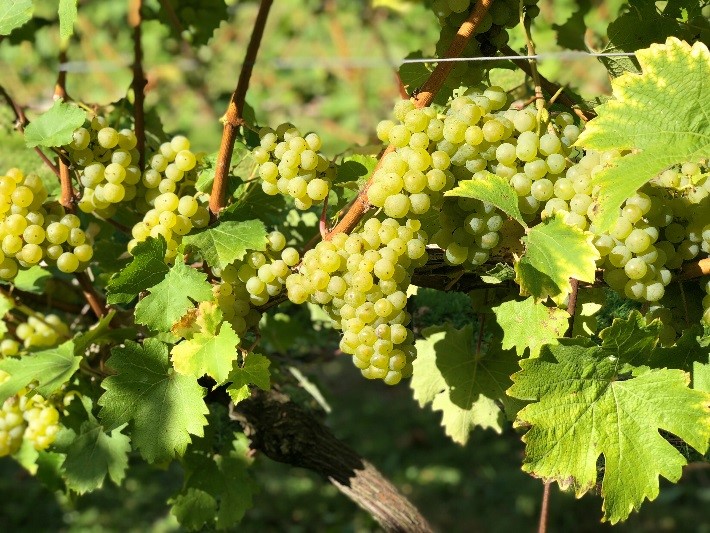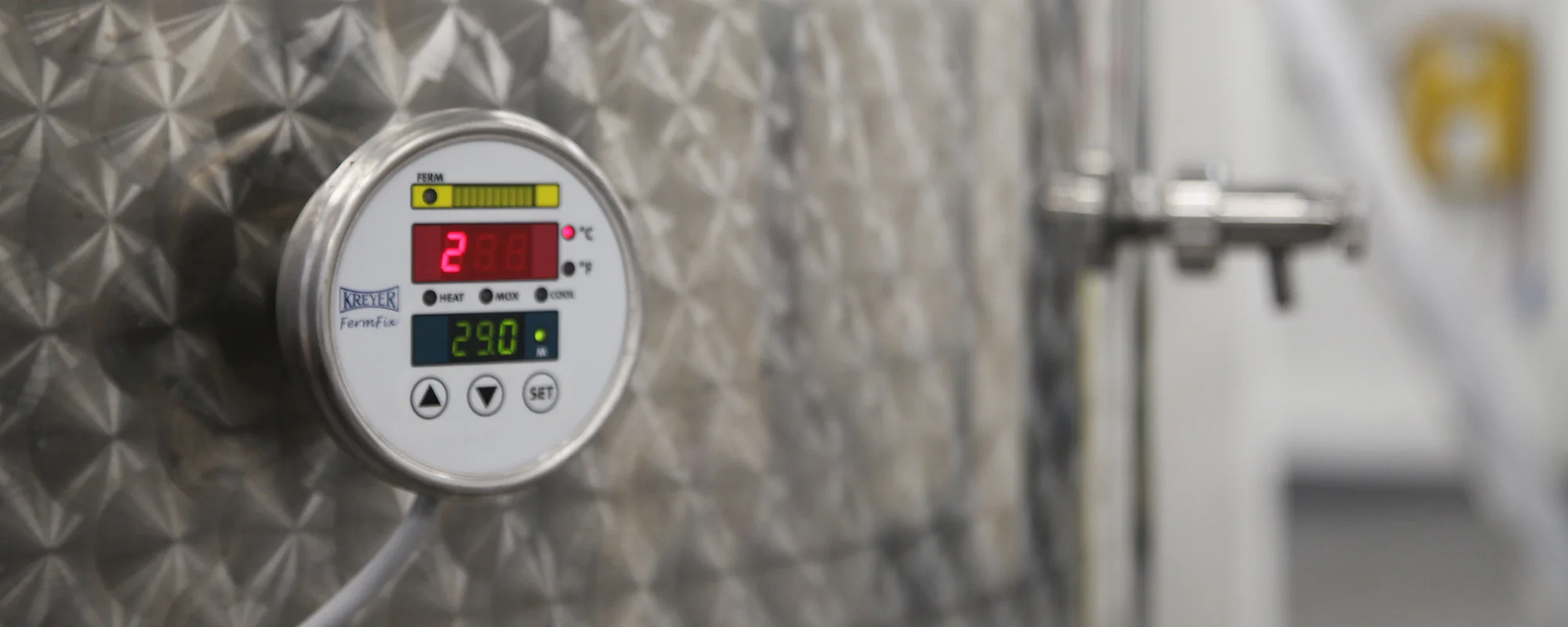At London Cru we are tremendously proud of our 2018 Baker St Bacchus. This wine is the quintessential English still wine, with a bright zesty palate, a vibrant gooseberry and elderflower nose and enticing background aromas of hedgerow and yeasty goodness from lees ageing. This wine is the perfect accompaniment with seafood such as oysters, lobster, or the humble fish and chips, but is also fabulous as an aperitif with mild cheeses.
What makes this wine so special?
Baker St incorporates Bacchus from two outstanding vineyards, one located in Kent and the other in West Sussex.
These grapes were gently transported to our winery in London, partially destemmed, and pressed in our state-of-the-art pneumatic press. The juice was then fermented in four different components each with a different design focus. 90% was fermented and aged in stainless steel tanks which preserves the purity of the Bacchus aromas. 10% of the wine was fermented and aged in old oak barrels adding a richer, lightly oaked character and builds the body and complexity of the final wine in the blend. The wine was aged on lees for 5 months after fermentation which continued to build the mouthfeel and texture of the wine.
Baker St is a serious wine with incredible length and mouth wateringly delicious balance. Olly Smith from the Daily Mail has agreed that the 2018 vintage in the UK has provided wines of amazing quality and judged our Baker St to be ”Exuberant, floral and zesty, this urban winery’s bottle is liquid splendour”. Even before officially releasing our Bacchus it has been quickly listed at some of the finest restaurants in London! Watch this space in the coming months as we release the exact venues and their recommended sommelier pairings.
Baker St is currently available for pre-order for £15 and will be available from early May. Judging from initial interest and that we sell out of Bacchus every year we recommend you get your hands on a few bottles now to avoid disappointment.
At London Cru we have also recently launched our new members Crush Club, where we are inviting wine lovers to join us in the next harvest! See this flyer for more information.
























